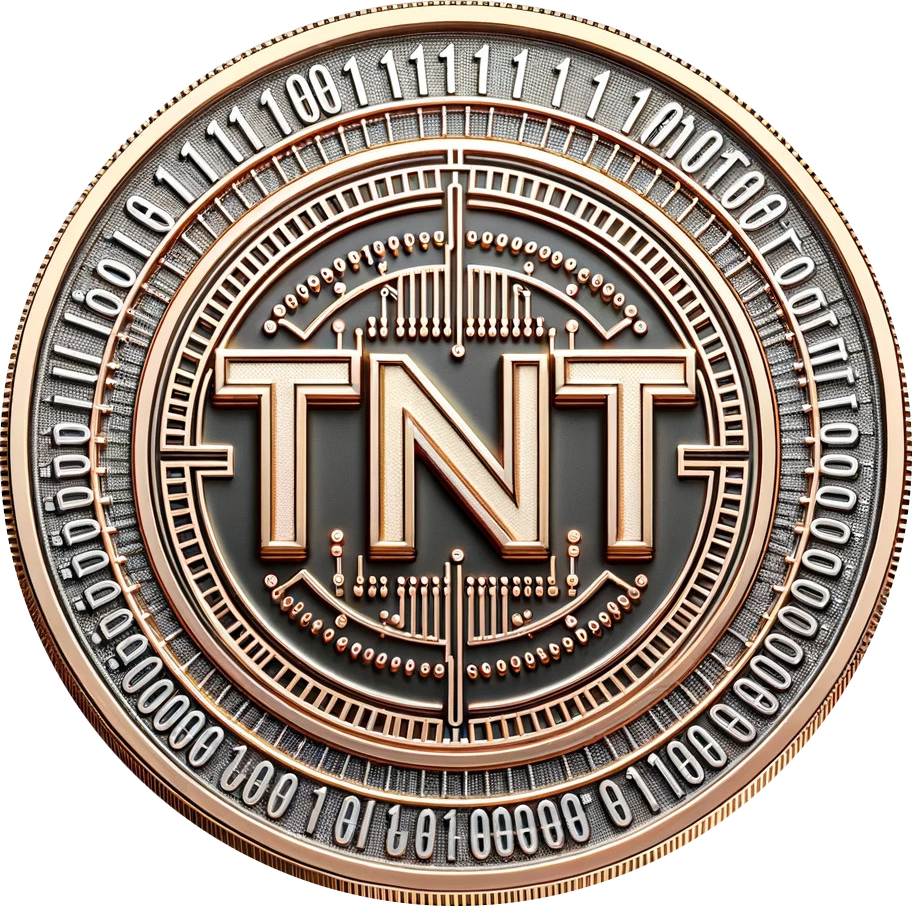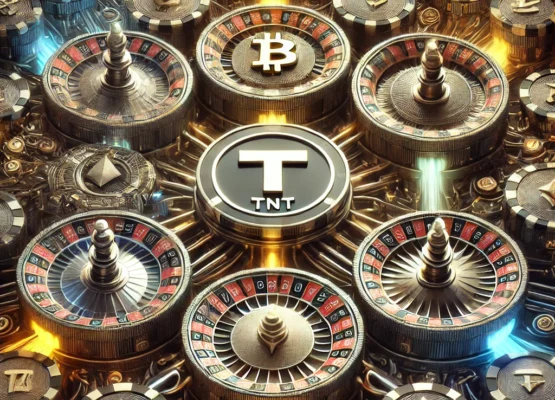with the LAIR3-BDK (Layer 3 Blockchain Development Kit) offers several advantages enhancing the functionality and performance of blockchain infrastructure. Several key benefits include:
Enhanced Performance and Scalability
- Time-Series Data Handling: TimescaleDB is designed specifically for handling time-series data, making it ideal for blockchain applications that generate large volumes of time-stamped data. It optimizes the storage and query performance for such data, ensuring efficient handling of historical transaction data and real-time monitoring.
- Scalability: TimescaleDB scales horizontally across multiple nodes, enabling the blockchain to handle increasing amounts of data and users without significant performance degradation.
Advanced Analytical Capabilities
- Vector Similarity Search: PGVectorScale adds vector similarity search capabilities to PostgreSQL, allowing for advanced querying methods that can be used in various blockchain applications. This can be useful for applications like fraud detection, pattern recognition, and other analytics-driven use cases.
- Built-in Functions: TimescaleDB includes built-in functions for time-series data analysis, such as gap-filling, interpolation, and downsampling, which can be directly applied to blockchain data for enhanced analytics and insights.
Seamless Integration with Existing PostgreSQL Ecosystem
- PostgreSQL Compatibility: Both TimescaleDB and PGVectorScale are extensions of PostgreSQL, ensuring compatibility with existing PostgreSQL tools and libraries. This makes it easier to integrate with other systems and leverage the rich ecosystem of PostgreSQL.
- Easy Setup and Management: Integrating these extensions with BDK leverages familiar PostgreSQL management tools and practices, simplifying the setup and maintenance process.
Improved Data Integrity and Security
- Data Compression: TimescaleDB offers advanced data compression techniques, reducing the storage footprint and improving query performance while maintaining data integrity.
- Robust Security: Leveraging PostgreSQL’s robust security features, including roles, permissions, and encryption, ensures that blockchain data remains secure and compliant with industry standards.
Enhanced Developer Experience
- Rich Query Capabilities: Developers can use advanced SQL queries to interact with time-series and vector data, making it easier to develop complex blockchain applications.
- Extensible Architecture: The extensible nature of PostgreSQL, TimescaleDB, and PGVectorScale allows developers to customize and extend the database functionality to meet specific application requirements.
Use Cases for Blockchain
- Real-Time Monitoring: TimescaleDB’s real-time capabilities are beneficial for monitoring blockchain networks, tracking transactions, and analyzing network performance in real-time.
- Predictive Maintenance: Vector similarity search can be used to predict and prevent issues within the blockchain network by identifying patterns and anomalies early.
- Data Analytics and Insights: Advanced time-series analysis and vector similarity search enable deeper insights into blockchain data, facilitating better decision-making and strategic planning.
- Cost Efficiency:
- TimescaleDB: Provides cost-effective storage solutions through features like data compression and retention policies, reducing the overall storage footprint and costs.
- PGVector: Optimizes performance for vector-based operations, potentially reducing the computational resources required for AI and machine learning tasks.
TimescaleDB offers several advantages when integrated into a PostgreSQL environment, particularly for managing time-series data. Here are some key benefits:
- Hypertables and Chunks:
- Efficient Data Management: TimescaleDB uses hypertables, which are virtual tables that abstract the underlying chunks where data is actually stored. This approach allows for efficient data partitioning and management, facilitating faster data ingestion and query performance by breaking down data into smaller, more manageable pieces
- Compression:
- Space Savings: TimescaleDB offers native columnar compression, significantly reducing storage requirements. Save on disk space using advanced compression algorithms like Gorilla compression for floats and delta-of-delta compression for time-series data. The columnar format also enhances query performance for historical data
- Continuous Aggregates:
- Improved Query Performance: Continuous aggregates allow pre-computation and storage of aggregate data, similar to materialized views in PostgreSQL but optimized for time-series data. This reduces the load on the database when performing complex queries over large datasets, improving query performance and efficiency
- Hyperfunctions:
- Advanced Analytics: TimescaleDB includes built-in hyperfunctions specifically designed for time-series analysis, such as
time_weightfor time-weighted averages andtime_bucketfor creating time intervals. These functions simplify complex data analysis tasks and improve performance
- Advanced Analytics: TimescaleDB includes built-in hyperfunctions specifically designed for time-series analysis, such as
Integrating PGVectorScale and TimescaleDB with LAIR3-BDK provides developers and blockchain operators with enhanced performance, scalability, large volume management, advanced analytical capabilities, improved data integrity and reduce storage costs ultimately leading to a more robust and efficient blockchain infrastructure.
Setting PostgreSQL Password for Each Validator from the Terminal
Access PostgreSQL as a Superuser: First, the user must log into the PostgreSQL database as a superuser. By default, the PostgreSQL superuser is postgres
Example for Setting Validator PostgreSQL Password
Validator 1:
Log into PostgreSQL
sudo -u postgres psql
ALTER USER validator1 WITH PASSWORD 'new_validator1_password';
\q



